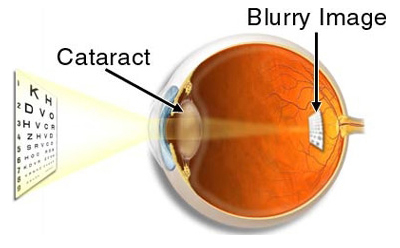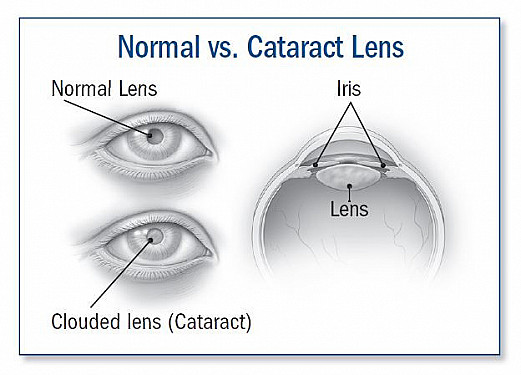
A cataract is a cloudy or opaque lens. This condition affects both eyes. While an early stage of this disease is not painful, if left untreated, it can cause intense pain and light sensitivity. The patient’s vision may remain unchanged but they may have trouble reading, driving, or doing other daily activities. The patient should seek medical care for cataract as soon as possible. Listed below are symptoms and treatment options for cataract.
The most common type of cataract is called cuneiform or posterior subcapsular. These types develop under the lens capsule. The presence of certain genetic conditions, steroid use, and high myopia can contribute to the development of these diseases. It is possible for a patient to have more than one type of cataract. A person suffering from any of these conditions may experience glare or halos. If symptoms do not subside over time, the patient may need to undergo another procedure to restore vision.
While a single cataract may not harm the eye, many other types are a potential cause of cataracts. The most common type is inherited and occurs at a very young age. Those who are genetically susceptible to this condition may notice problems with bright light and close-up vision. Other causes include an injury or a type of eczema or pregnancy. These are the most common types of cataracts, but there are other forms as well.
A patient who has a family history of cataracts may also have a lower risk of developing them. People with the gB-S11R mutation are more likely to develop this type of cataract. This mutation leads to the formation of a protein called g-crystallin, which destroys the membrane-cytoskeletal structures of the inner fiber cells. Elevated calcium levels in the lens cause protein degradation and a dense nuclear cataract develops in the affected eye.

Cataracts develop in the eyes due to the fact that the lens is clouded. The lens is a clear transparent layer that directs light to the retina. When the lens becomes cloudy, light passes through the eye less sharply and causes blurry vision. A large cataract is a serious eye condition that can affect both eyes. A small cataract can cause severe blindness, but if you are concerned, contact a specialist who can help you and get more information on the site ecoehomes.com about the treatment and prevention of cataracts.
Patients with cataracts should undergo regular eye examinations. The doctor will test the eye for this condition and determine the best treatment options for the condition. In addition to cataracts, the patient should be aware of the symptoms of this disease. Proper diagnosis is essential to ensure that this is not a life-threatening condition. In this case, the recipe will be changed. Patients should immediately visit an ophthalmologist. Cataract symptoms are usually harmless, but can lead to vision loss.
A cataract usually starts out as a cloudy lens. It takes months or years for the eye to start displaying symptoms. When the cataract starts to grow, a patient may notice a cloudy lens. Symptoms may include blurred vision, glare, or halos. If you experience these symptoms, you should consult an eye care professional as soon as possible. A physician will dilate the pupil of the eye to examine the internal parts of the eye.
The decision to undergo surgery for a cataract is dependent on the patient’s overall health and the amount of interference it causes to their daily life. Some patients can still drive and read after the procedure. However, a patient with cataracts should be seen by their eye care professional as soon as symptoms start to appear. Surgical treatment can help to stop the progression of the cataract. Once the condition becomes more severe, a medication can be prescribed to slow its progression.
In order to treat a cataract, an eye care professional uses an ultrasonic probe to break the lens into liquid. The cortex, which is the outer layer of a cataract, is removed. The lens is then replaced with saline solution. The fluid is replaced to prevent the anterior chamber from collapsing. This can be painful and can damage vision. A regular eye exam is important for prevention and treatment of cataract.
